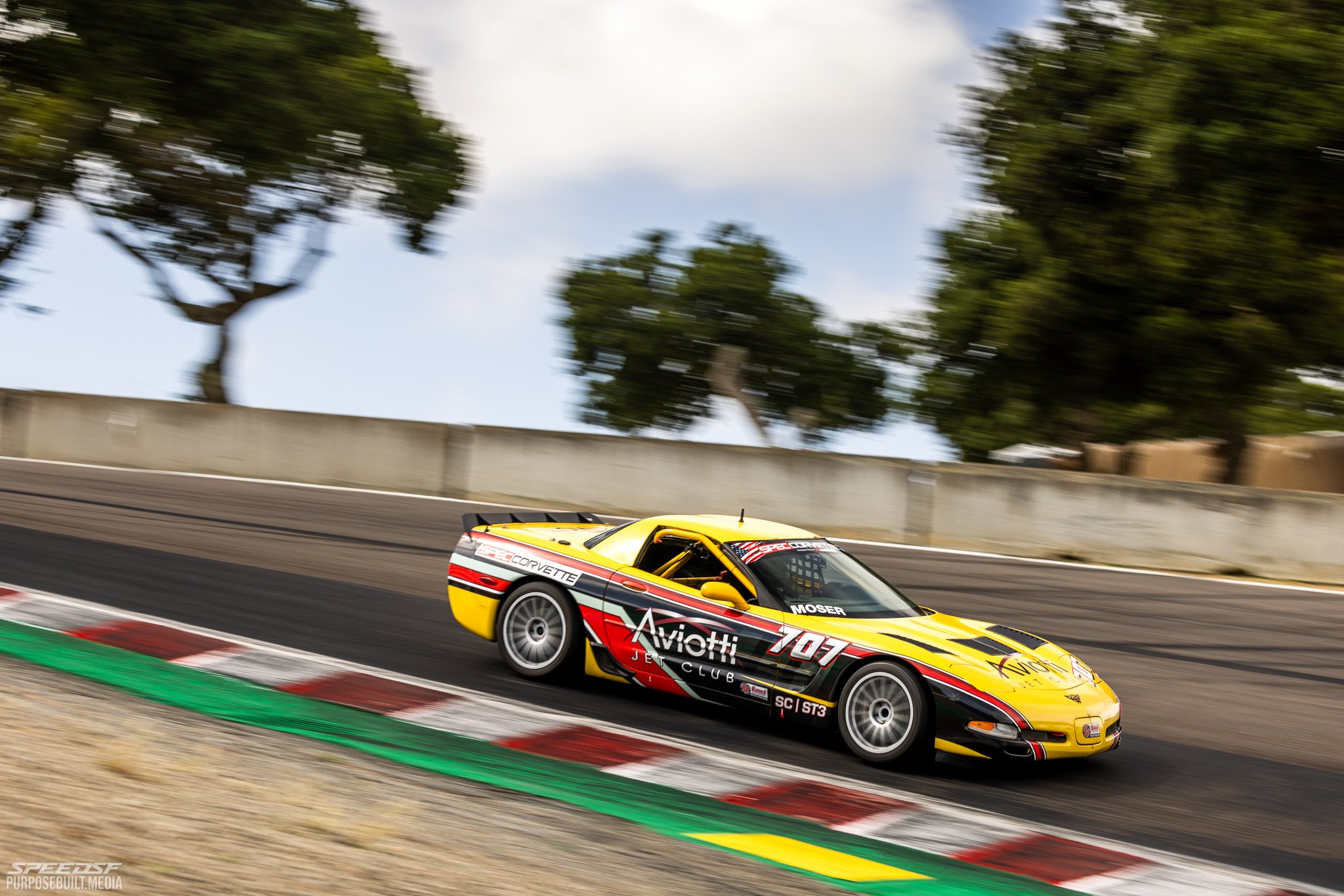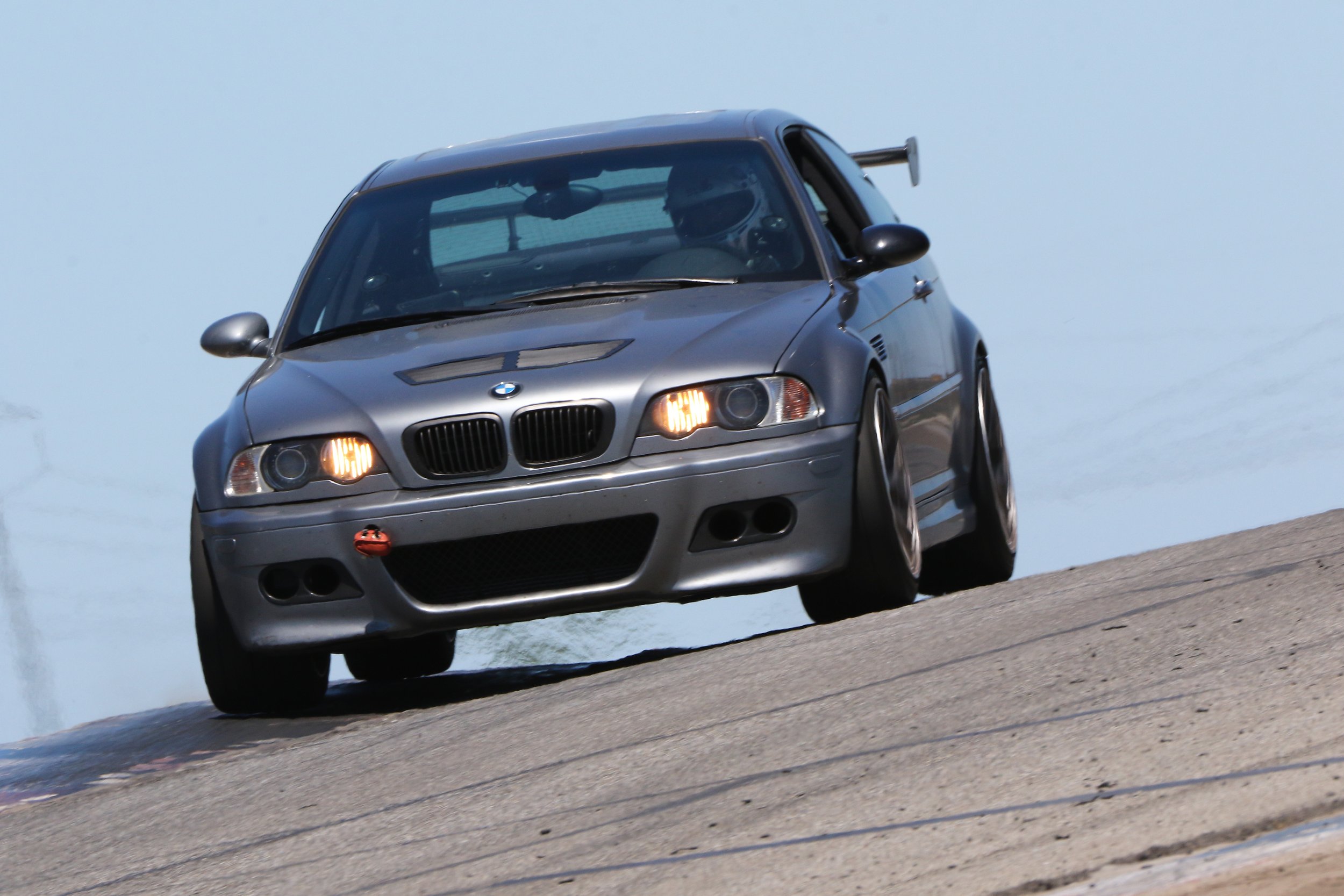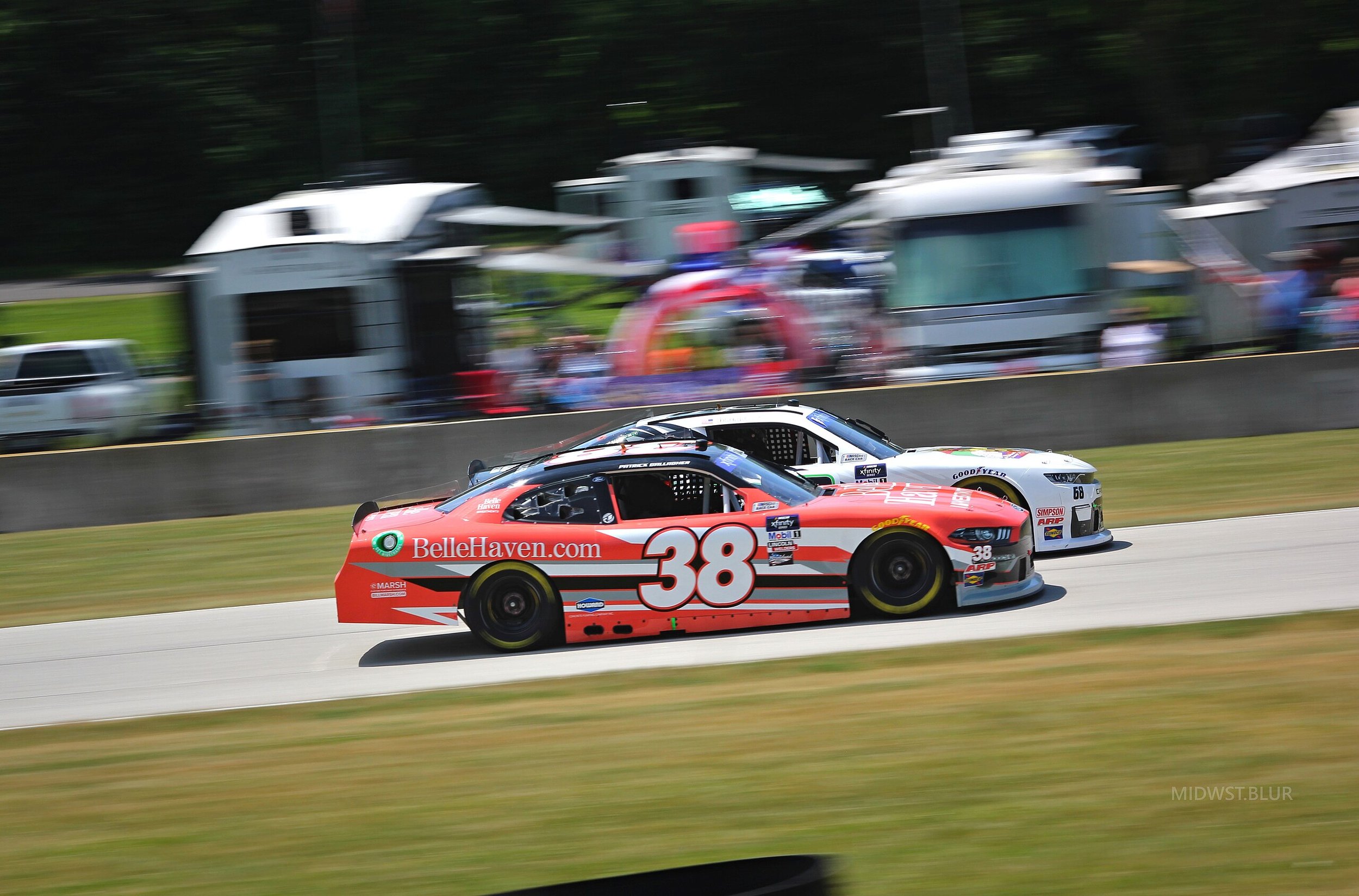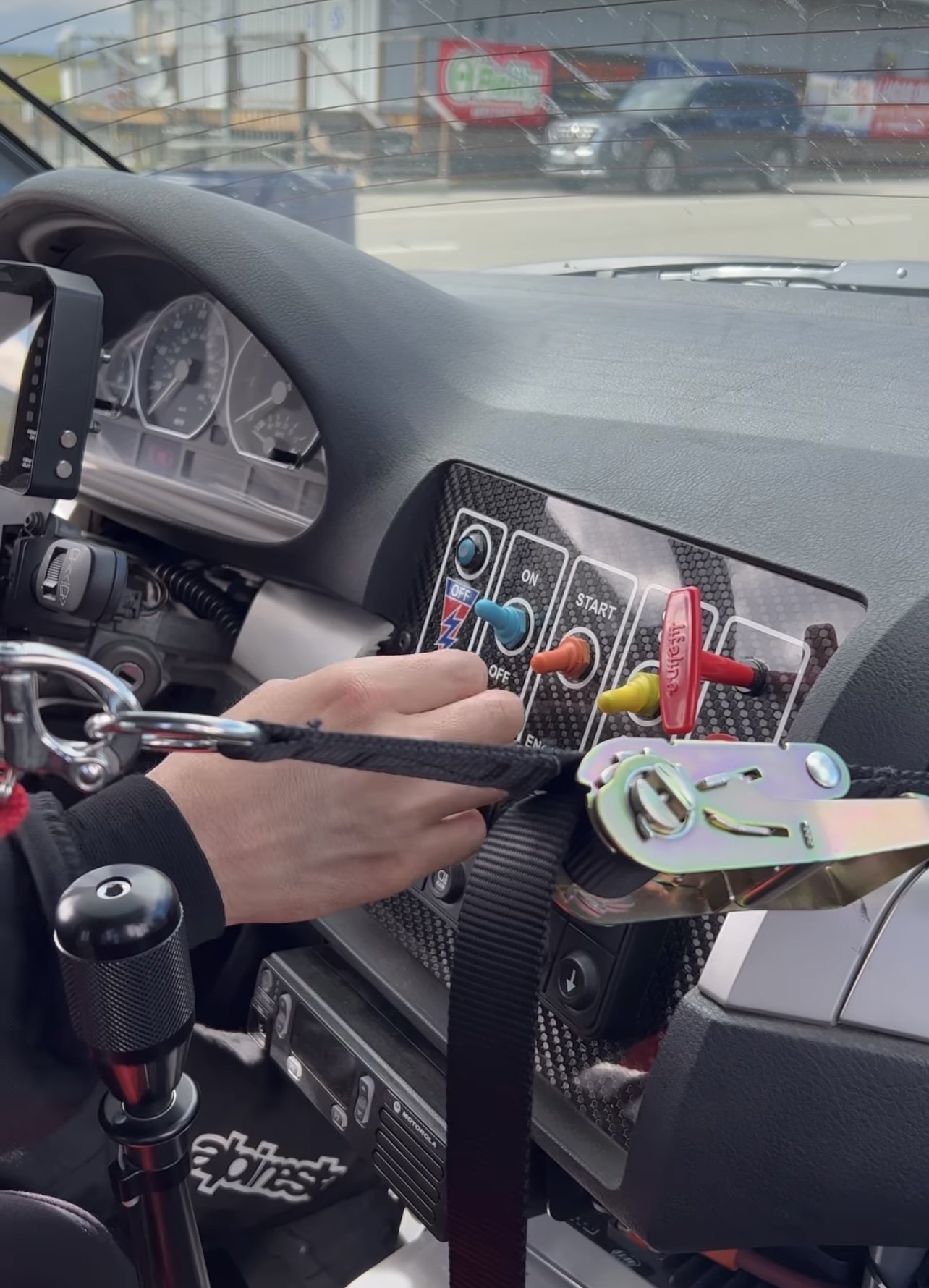
SpeedSF Blog
Every Build Has a Story – Meet the Cars of SpeedSF

Matt’s E36 M3: No More Tears
When the costs of his supercharged E46 M3 started getting to him, Matt decided to try something less likely to heatsoak.
Now pushing 250,000 miles without an issue, Matt’s budget replacement has fulfilled its intention.

AP’s Spec Corvette: Ferrari Fill-In For Forty Large
After giving the Ferrari Challenge series a shot, AP Miranda decided he’d look for a more welcoming group of drivers in another popular club series. He found Spec Corvette, a cost-conscious series based around the C5, ticked all the boxes at a sixth of the Ferrari’s price.

Joe’s M3: Proving His Potential
Joe McGuigan was committed to paving his own path and suffering the setbacks which come with developing unloved cars, but eventually he had to capitulate and try one of the best developed cars around.
He hasn’t regretted joining the E46 tribe.

Passing Etiquette: Making Space and Saving Face
Passing and braking are the last two things a driver learns to do well. We’ve broken down a series of basic rules to follow to help learn how to make the pass stick and how to do so safely.

Thomas' Corvette: In Good Company
In only two years, Thomas has learned more than most will grasp in a decade of track days. Having a solid, dependable C5 has helped him put in his time, and having Elite Performance as a resource has made fine-tuning the car so much simpler.

Thunderhill Logistics: Where to Stay, Where to Eat, How to Beat the Heat
With plenty of options for food and lodging, reasonable track fees, and plenty of ways to beat the summer heat, a successful trip to Thunderhill only requires a quick review of the information listed here.

Speed SF Challenge Laguna Seca: New Surface, New Records
New pavement and stellar weather meant our fastest drivers pushed harder than ever before at our latest Speed SF Challenge event.

Andy's NC Miata: How To Make 300 Horsepower In 3 Not-So-Easy Steps
Intent on keeping costs low, Andy Boskovic started tinkering on a third-gen Mazda Miata. The need for more power was clear from the start, so he first tried to swap in a 2.5-liter engine from a Ford Fusion.
Then he turbocharged it.

Why Trackday Coaching Matters
When Eric Preciado got serious about his racing, he hired a driving coach to help him shed some of the bad habits he’d picked up in autocrossing. At the end of his first day with Joe McGuigan issuing instructions, Eric was lapping nearly five seconds faster than he had previously.

Justin's IS F: Rekindling An Old Romance
After a seventeen-year sabbatical from racing, Justin Munoz picked up a capable sedan that, over the last few years, has helped him fall back in love with motorsport.

Nic's Porsche 911: Take a Chance on the 996
Take a risk and keep it simple. Nic Gerardi’s shown us that the 996.1 Carrera’s a great track car with the right modifications. Stout, light, full of feel, and very reliable, it might be worth the chance of a bad IMS.
